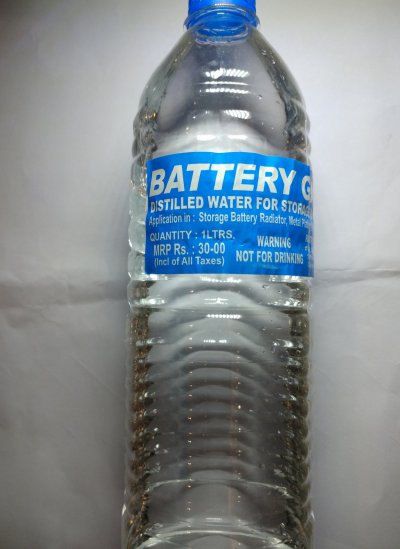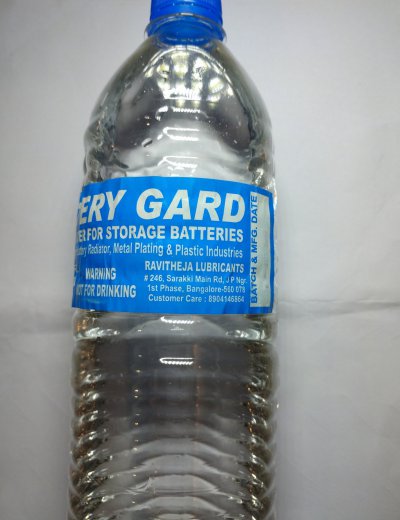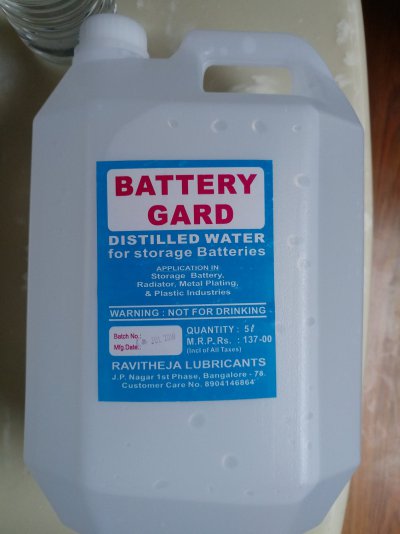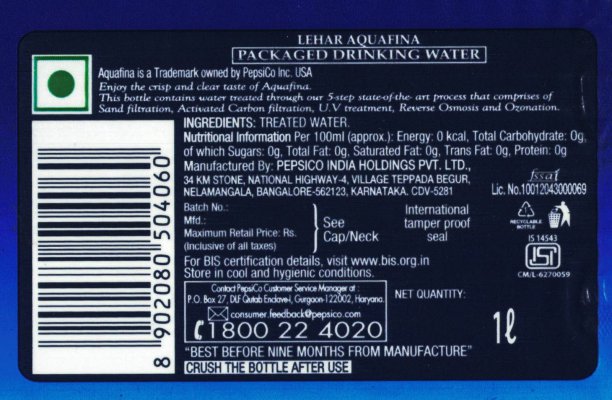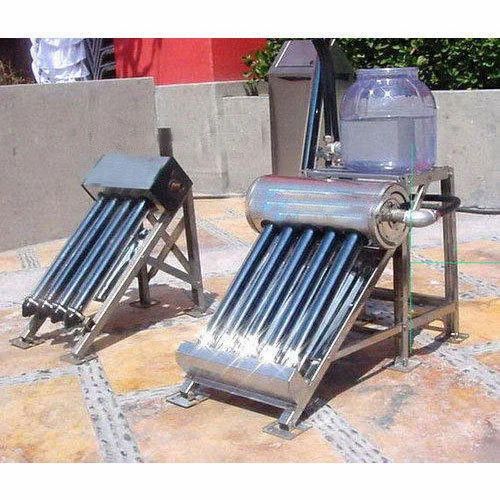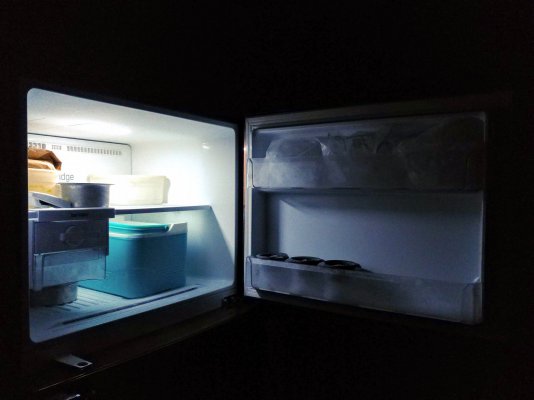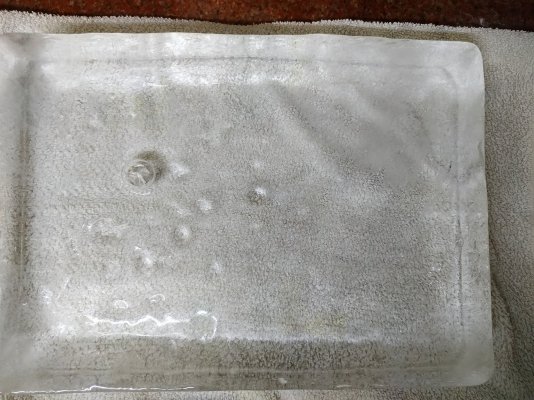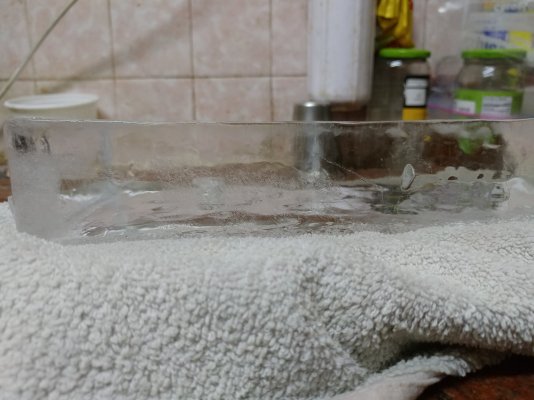In my case the stair crawl space area is on the ground floor, I did think of putting the batteries in the extreme corner of that crawl space under the stairs but doing so will make it difficult to do maintenance on batteries, In that crawl space try breathing during the maintenance with battery gases, dust and that area is more dustier then other areas, being the stair case peoples shoes carry the dust, dust in the mat, when ever one opens the door near the stair case more dust enters and the water spill above the batteries(it happens during refill) and petroleum jelly makes it a dust magnet.This is how most people have their setups in the country. Battery in a trolley in some well ventilated room. Where is the dust problem ?
People who make battery boxes usually have them in bigger rooms or its outside in cold climate and the box acts as insulation to keep temperature constant.
The problem with fans is what if it fails. You need redundancy. So think of two fans. One next to the other. Second is a backup that switches on in case the first fails. Where is the control logic to do this. How will you know if the fan fails and if fans is the only way to ventilate then its a risk.
Simpler is no fans but i've yet to be convinced that this will work. I'm not sure how the air changes work in such a situation. Vent area gives some idea how much air can come in and exit but nothing about the rate at which the flow occurs.
As far as the fans failing, yes it can happen and redundancy is to be factored in. Since I will be using 5 watt fans, not decided on whether to go for both fans working in Ac voltage or one Ac and other working in Dc voltage. Such that the Dc fan switches off when the main power fails. One fan will be working in push configuration sucking air through the filter and blowing inside the box and the other fan in the window area which acts as a pull and also sucking the general air around inverter area, taking the heat away.
This will simply once I install solar, where the Dc fan will working only when solar is charging.
I also have seen some DIY circuits for fan failure and also ready made ones, the cost of the ready made ones like Rs2.2k.
datasheet
But at 10w for both the fans power consumption running 24/7, thats 60 bucks a month in power bill. My 24/7 router and security cameras consume more.
If I use that ready made solution I will have to buy fans based on that datasheet.
There is also this h2 gas detector you will still need use a seperate for h2 (mp135 sensor), I wouldn't trust the sensor life for 24/7. But it can act as a alarm or connect fans to it.
Last edited:





